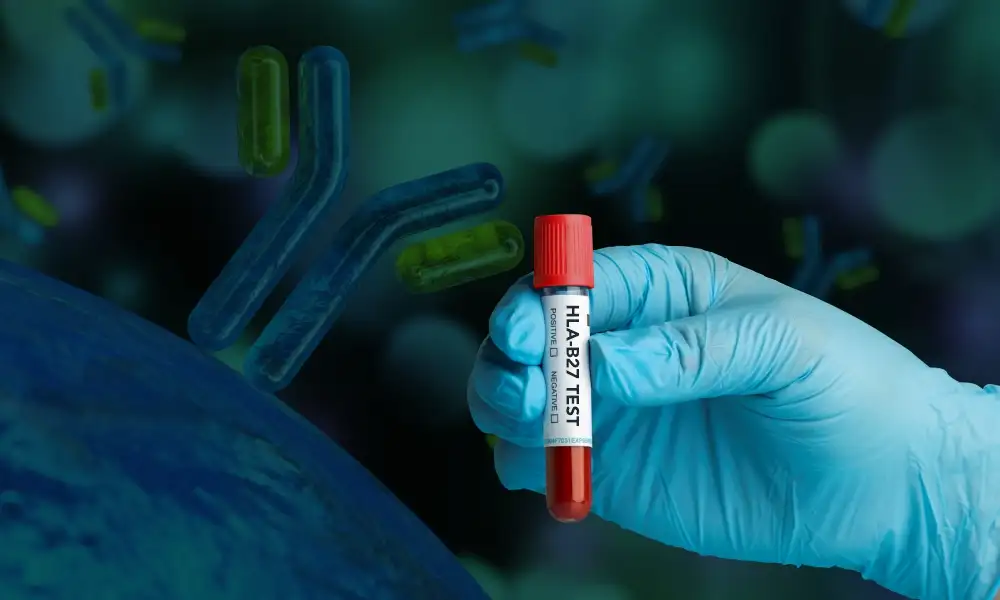Pediatric & Adult Acute Lymphoblastic Leukemia
- May 20,2022
- 2 Min Read

SUBURBAN JOURNAL CLUB
A monthly precis of some of the best, most influential journal articles.
Journal Article: Association Of Minimal Residual Disease With Clinical Outcome In Pediatric & Adult Acute Lymphoblastic Leukemia: A Meta-analysis
Journal: JAMA Oncology, Volume 3, 2017
DOI: 10.1001/jamaoncol.2017.0580
Introduction:
- Minimal residual disease (MRD) refers to the presence of disease in cases deemed to be in complete remission by conventional pathologic analysis.
- Detecting MRD in various hematological malignant diseases has been associated with higher relapse rates - these include chronic myeloid leukemia (CML), acute myeloid leukemia (AML), acute and chronic lymphoblastic leukemia (ALL and CLL), and multiple myeloma.
- Minimal residual disease in patients with ALL can be measured in several ways, including by multiparametric flow cytometry (MFC), by polymerase chain reaction (PCR) of the IgH VDJ and/or TCR gene rearrangements, and by leukemia specific fusion transcripts (eg, BCR-ABL).
- The authors identified 39 studies with 13,637 patients to assess the association of MRD with clinical outcome in ALL.
Results:
On MRD status, hazards are much higher for adult patients than for pediatric patients in the first 3 years. Hazards for adults were comparable or possibly even lower than for pediatric patients in subsequent years.
Also, the relationship between MRD and EFS can be exploited for the following:
- In clinical practice, assigning patients who have MRD to alternative therapy, perhaps an allograft or a clinical trial.
- As a research tool for better defining patients at high risk for recurrence and eligibility for clinical trials.
- Assigning the highest priority for definitive evaluation in phase 3 trials for therapies that achieve the lowest rates of MRD.
- Providing supportive data in regulatory decisions based primarily on complete response rates with incomplete hematological recovery (as in the approval of blinatumomab).
- Extrapolating from disease types where therapy has a known effect on other hematological malignant diseases where it shows a benefit on MRD.
The full article can be accessed at: https://jamanetwork.com/journals/jamaoncology/fullarticle/2626509
Want to book a test? Fill up the details & get a callback
Most Viewed
Premarital Health Screening
- 20 Min Read
Typhoid - Signs and Symptoms
- 3 Min Read
Home Isolation Guidelines - Covid-19 Care
- 5 Min Read
HLA B27 Detection: Flow Cytometry & PCR
- 1 Min Read














